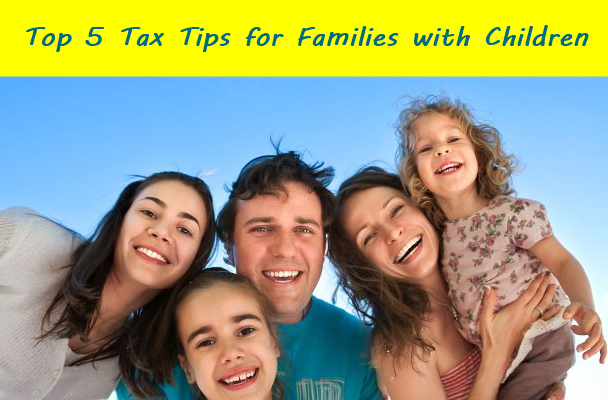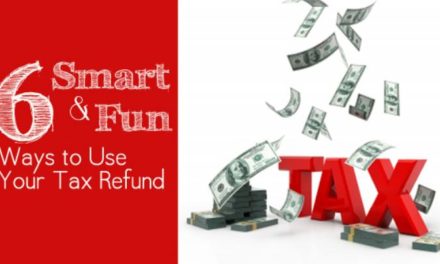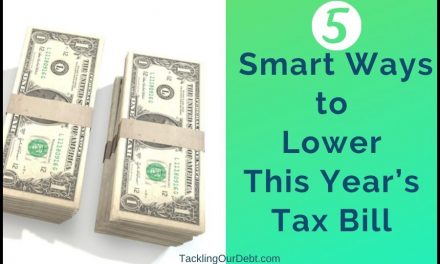It’s no secret that raising children can be expensive. From clothes and shoes that they regularly outgrow, to extra-curricular activities, the costs can quickly add up. But rest assured, your pint-sized loved ones provide opportunities for many tax benefits and credits as well.
In fact, some credits start to roll in as soon as a baby is born. For example, once a child is registered with the Canada Revenue Agency, new parents will begin to receive the Universal Child Care Benefit (UCCB) which provides families with $100 a month per child under the age of six.
But the UCCB is taxable in the hands of the lower income spouse.
And, depending on your income, you may also qualify for the Canada Child Tax Benefit and the GST/HST Credit. These credits are not taxable.
These benefits are just the tip of the iceberg.
The tax benefits continue for years to come following the birth of a child. Cleo Hamel, senior tax analyst at H&R Block Canada, offers five tips to help families reduce their tax bill this year:
- Kids are a Credit: Families can claim a $2,234 Child Tax Credit for each child under the age of 18 which results in a federal tax saving of $335 per child. If one parent can’t use the entire amount they can transfer the unused amount to the other parent.
- Start Saving for School: Parents can contribute up to $50,000 over their lifetime to a Registered Education Savings Plan (RESP). By doing this you may qualify for a Canada Education Savings Grant (CESG) which provides some matching funds up to 20 per cent of the first $2,500 deposited each year. Supplementary amounts are available to taxpayers with income less than $85,414.
- Claim Childcare: Whether you choose to send your kids to a daycare or hire a nanny to care for them at home, childcare expenses can be claimed by the lower-income spouse with few exceptions. Be sure to keep all your receipts for childcare expenses since they are one of the most commonly reviewed credits by the Canada Revenue Agency.
- Credit for Active and Artistic Kids: The Children’s Fitness Amount is a non-refundable credit for children under the age of 16 enrolled in an eligible program of physical activity. The credit is based on registration costs of up to $500 and provides tax savings of up to $75. Not every program meets the eligibility guidelines so you need to ensure you know the requirements. The Children’s Arts Credit is another non-refundable credit based on registration costs of up to $500 for children under the age of 16. This covers everything from dance and drama to language classes, Girl Guides or Scouts. For both credits, make sure you keep all your receipts to make the claim.
- Use Public Transit: If you purchase transit passes for dependent children under the age of 19, you can claim a non-refundable tax credit. The passes have to be for a period of at least one month or weekly passes purchased over a period of four consecutive weeks. Electronic payment cards may also qualify.
Hamel urges parents to claim everything they can.
A recent H&R Block survey by Leger revealed that 69 percent of Canadian parents did not claim the Children’s Arts Credit on last year’s tax return.
Two thirds of parents said they do not know the amount they can claim under the Children’s Fitness Credit.
If you’re worried about missing out on any money-saving credits you can use an online tax preparation software program like H&R Block Tax Software, which will guide you through step-by-step tips to identify every possible deduction or credit, calculates your return as you go, and ensures you get your maximum refund. If the idea of doing your taxes on your own is too daunting, you can drop by an H&R Block office where a tax professional will review your previous returns for free.





